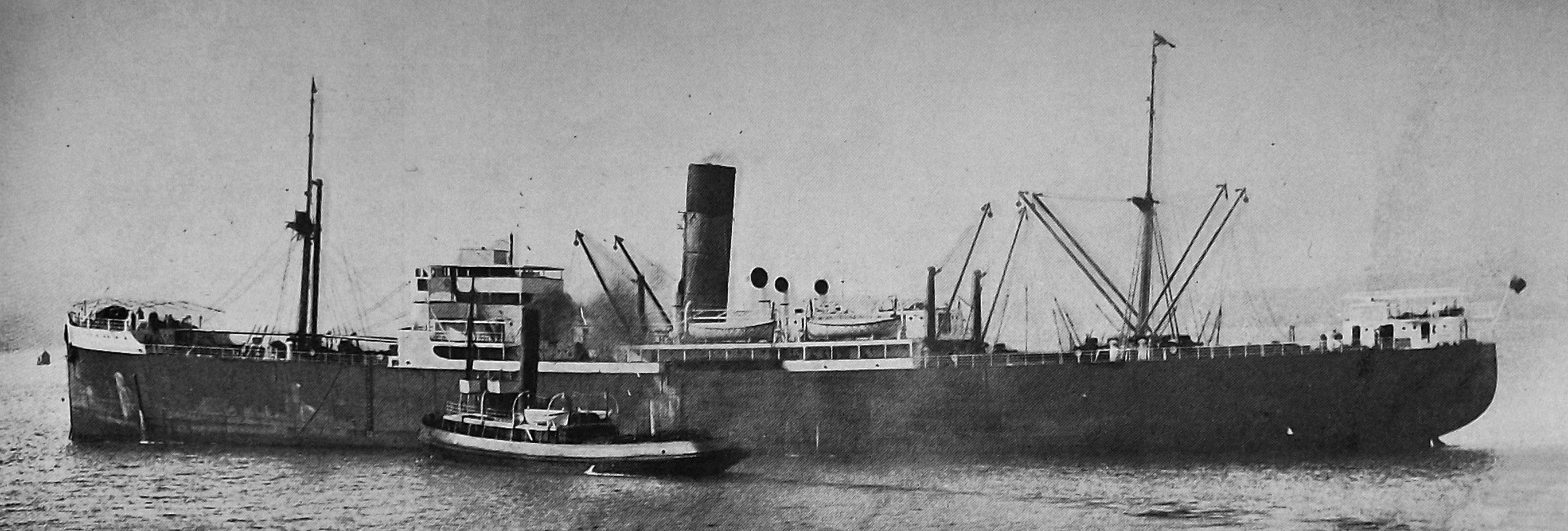

The Port Dunedin has several features of outstanding interest. She has very graceful lines, all the latest improvements in the way of electric winches, boat davits, and accommodation. Her accommodation can, in fact, be classed as superior to anything seen on a ship which has visited this port for some time past. It is splendid, and everything connected with the vessel reflects credit on the owners and builders.
A nasty bite
The poison that has made the katipo notorious comes down the tube of a large gland near the spider’s mouth. It enters a grooved, claw-shaped weapon that projects beyond the front of the head. When this weapon is thrust into an enemy’s flesh, the poison from the gland flows into the wound and does the mischief. In the case of small creatures death is sure and instantaneous.
Working for blind of Otago
Since the inauguration of the Advisory Committee in Dunedin, in February 1924, over 40 different applications for assistance have been dealt with. They have varied in form. Masseurs have been set up in business, men assisted onto farms, into the piano tuning business, with purchase of equipment and homes, in several cases dire need was met with a grant for clothing, and for bedding, blankets etc.
The pension for the blind, which came into operation on December 1 last, had been granted by June 1 to 136 blind persons. The Commissioner of Pensions is helping us considerably in our work by putting us in touch with all blind people whose names and addresses were not hitherto known to us. The local committee has assisted many in this direction. 67 blind persons are registered in Otago. Of this number 22 are in receipt of pensions. Eight applications for pensions have been declined for various reasons. Forty-two have received assistance from the fund.
Amalgamation bid
Another attempt is to be made to bring St Kilda into the city. A meeting of ratepayers will be held this week, when a committee will be set up to secure names to a petition asking that a vote should be taken on the question of amalgamation.
That’s $16.09 in 2025
There was a drop of three pence yesterday in the price of eggs. The wholesale price is 2 shillings 3 pence, and the retail 2s 6d.
Missing link?
In Poeloe Rimau, Sumatra, Dutch explorer J. van Herwaarden, reported a creature to De Tropische Natuur: "It was entirely covered with hair, lighter in front. The hair of the head was very dark, and fell down over the shoulders almost to the waist. The head appeared somewhat more pointed at the summit than is the human head. The face was brown and almost hairless; the forehead was high. The eyes were dark and lively, much like the eyes of a human being. The lips were normal; the mouth was very broad. The molar teeth, which I had an opportunity of observing, were larger than a man's; the incisors were of normal size. I had only a momentary glance at the right ear, but it looked exactly like a human ear. The backs of the hands were covered with thin hair, and the arms reached almost to the knees. It was about five feet in height."
— ODT, 4.8.1925 (Compiled by Peter Dowden)










